WASHINGTON — U.S. military leaders said Tuesday their aerial bombardment of Syria was only the beginning of a prolonged campaign that will continue intermittently for months and will become more difficult as targeted militants seek refuge in populated areas.
The United States is now attacking two sets of enemies in the region: the Islamic State, a growing movement of jihadists seeking to create its own country in the Middle East, and the Khorasan Group, a smaller network affiliated with al-Qaida that officials say is plotting against Europe and the United States.
At the same time, as the U.S. military and its Arab partners prepare more airstrikes in Syria in the coming days, they will have to contend with another adversary: Syrian President Bashar al-Assad.
Although U.S. officials said they weren’t targeting Assad or his forces, many of the Sunni Muslim allies in President Barack Obama’s coalition would like to see his government finally collapse after a devastating three-year civil war. Whether the coalition’s intervention in Syria will help or hurt Assad is one of the greatest unknowns in a military campaign filled with them.
Army Lt. Gen. William Mayville Jr., director of operations for the Joint Chiefs of Staff at the Pentagon, said the objectives set for the U.S.-led war in Iraq and now Syria could take years to complete. The attacks in Syria marked the start of a new phase, coming six weeks after the U.S. military began airstrikes against Islamic State fighters in Iraq.
The overarching goal, Mayville said at a news conference, is “to degrade and ultimately destroy” the Islamic State by directly attacking the group in both countries, severing its supply lines and disrupting sources of arms and money.
To succeed over the long term, Mayville added, the United States and its allies will have to train and equip three different proxy forces: the Iraqi military, the Kurdish pesh merga fighters and moderate Syrian rebels. All have proven hapless so far in head-to-head battles with the Islamic State.
“The most important thing is to create some space for the Iraqi security forces to reorganize and replace leadership that needs to be replaced,” Mayville said. “What we have been doing over these last couple of weeks and what last night’s campaign was about was simply buying them some space so that they can get on the offensive.”
In confronting the Khorasan Group, a network that had received scant public mention before this month, the Obama administration may find itself acting largely on its own.
The first wave of strikes Monday primarily consisted of dozens of Tomahawk cruise missiles launched by U.S. warships against eight Khorasan Group targets in northwestern Syria, near Aleppo. Military officials said they attacked Khorasan training camps, a munitions production center, a communications building and other sites.
Mayville justified the blitz by citing U.S. intelligence reports showing the Khorasan Group “was in the final stages of plans to execute major attacks against Western targets and potentially the U.S. homeland.”
Sen. Angus King, I-Maine, a member of the Senate Intelligence Committee, declined to discuss specifics of the threat tied to Khorasan, but he described strikes against the group as warranted. “Their business is planning strikes against the West,” he said.
Mayville declined to comment when asked if there was evidence that any plots had already been set into motion. He also said the military was still assessing the overall damage it inflicted on the Khorasan Group and whether its ability to carry out attacks beyond the region had been diminished.
The strikes against the Khorasan Group were an exclusively American operation. Mayville did not explain why Arab allies did not participate in that phase, but other U.S. military officials said it would have been difficult for Arab warplanes to bypass air defenses and fly deep into Syrian airspace.
It is also unclear whether the five Arab partners consider Khorasan – which refers to an ancient Islamic region that covered parts of present-day Iran and Afghanistan – as grave a threat to their national interests as the Islamic State.
Warplanes from Saudi Arabia, Jordan, the United Arab Emirates and Bahrain participated in the second and third wave of airstrikes against Islamic State targets in north-central and eastern Syria according to Pentagon officials. Qatar also sent military aircraft in a supporting role, they said.
Mayville was reluctant to describe how substantial a role the Arab countries played, acknowledging only that the U.S. military dropped “a preponderance” of the ordnance.
All told, about 200 missiles, bombs and rockets were launched against 22 separate targets in Syria, U.S. military officials said.
Since Aug. 8, the U.S. military has conducted airstrikes against 194 Islamic State targets in Iraq. U.S. officials said they expect the pace of airstrikes in both coun in the coming days, but that Monday’s attacks on Syria probably represented a high point.
The Pentagon deployed B-1 bombers, armed Reaper drones and several types of fighter jets on Monday. Among them was the F-22 Raptor, an advanced stealth fighter that has been in the Air Force’s fleet for a decade but until Monday had never been used in combat.
The Tomahawk cruise missiles were launched by the USS Arleigh Burke in the Red Sea and the USS Philippine Sea in the Persian Gulf. Also participating were Navy F/A-18 Hornet fighters flying from the USS George H.W. Bush, an aircraft carrier in the Persian Gulf.
Mayville said he was unaware of any credible reports of civilian casualties. He also said that the strikes had not intentionally targeted individual enemy commanders but acknowledged that such leaders had been “routinely” present at some of the targeted sites.
Prior to Monday, the Syrian government had repeatedly warned the United States and other countries not to violate its sovereignty by launching strikes. At the same time, there were clear signs that Assad welcomed the attacks on his foes.
Rear Adm. John Kirby, the Pentagon press secretary, said the United States did not coordinate the strikes with Assad’s government, although Washington did inform the Syrian government that the strikes would be carried out.
Mayville said Syrian military radar was “passive” in the face of the airstrikes and that Assad’s forces made no attempt to defend Syrian airspace.
In brief remarks outside the White House on Tuesday, President Obama vowed to press the battle against “these terrorists” in concert with U.S. allies.
“The overall effort will take time,” Obama said at the White House. “But we are going to do what’s necessary to take the fight to this terrorist group.”
Send questions/comments to the editors.

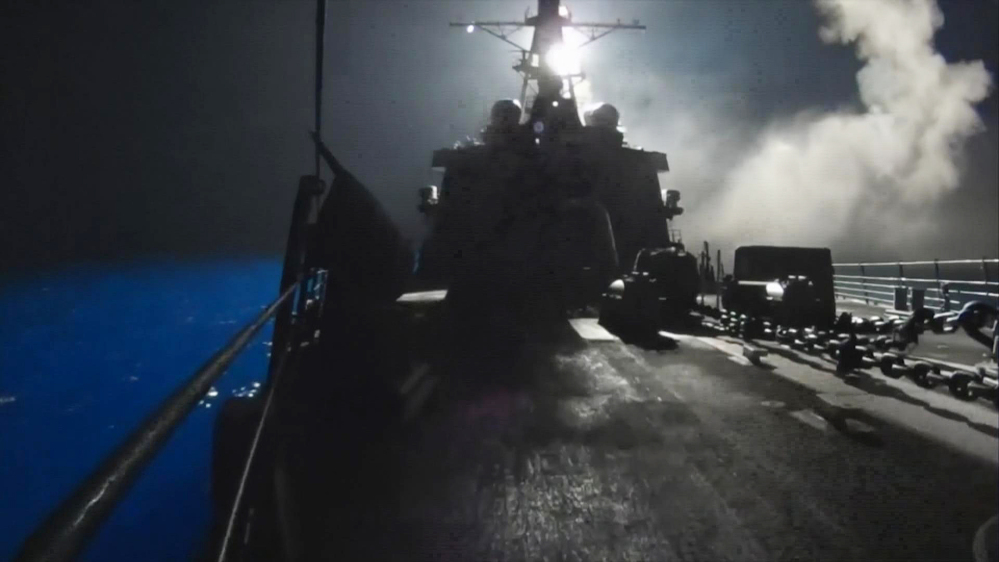
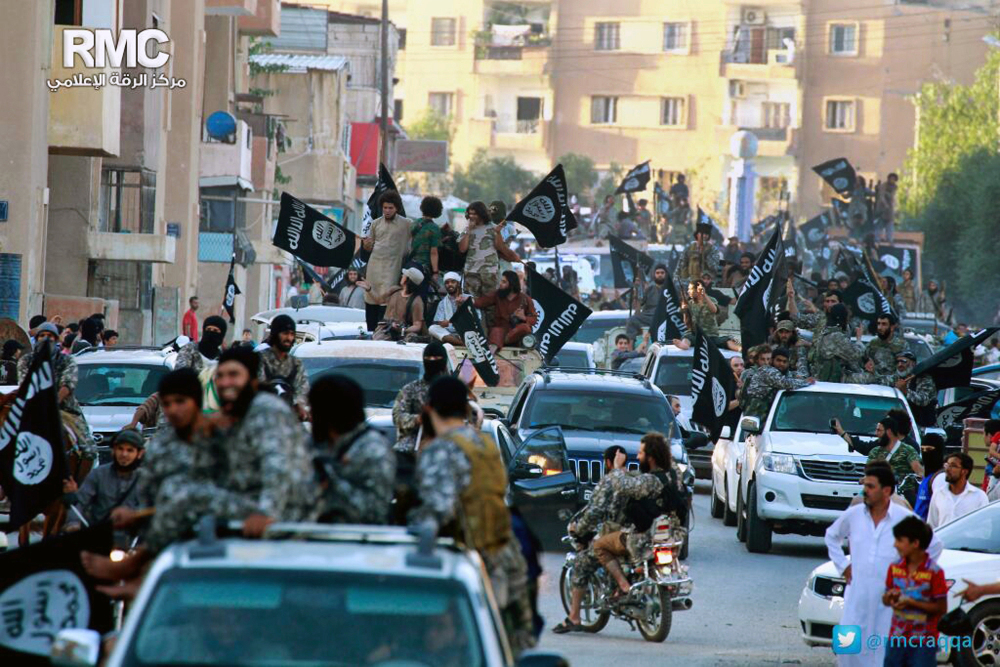
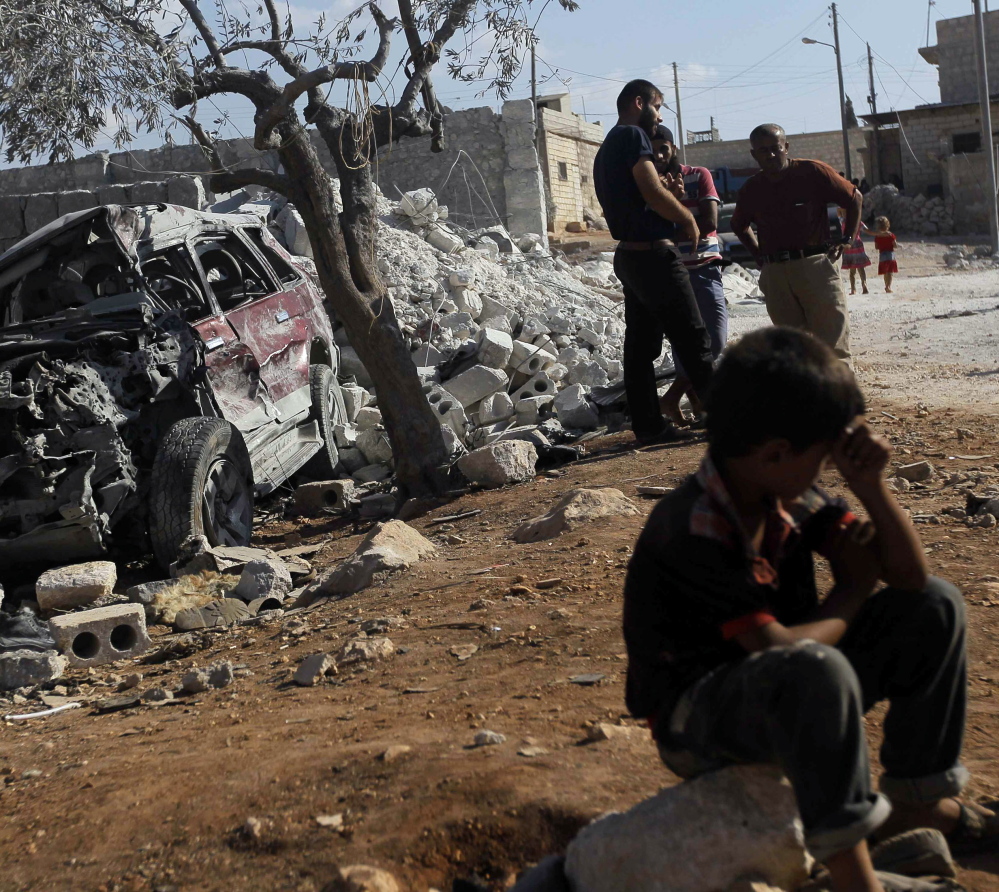
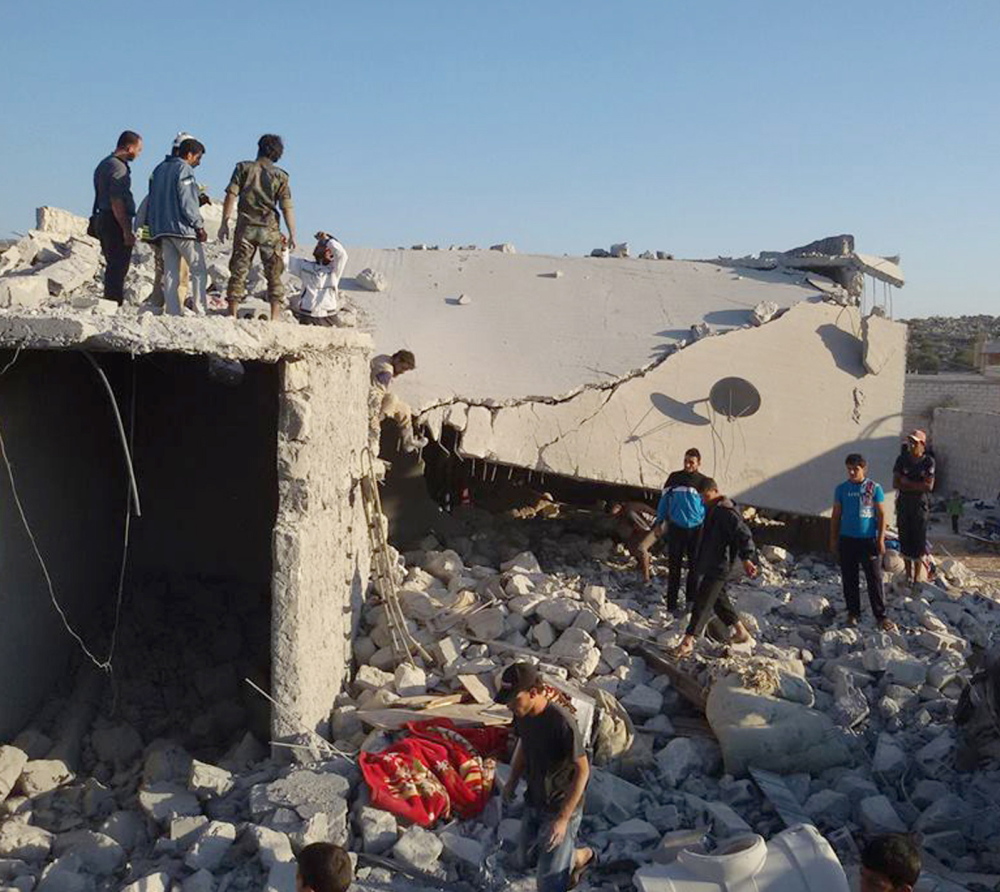
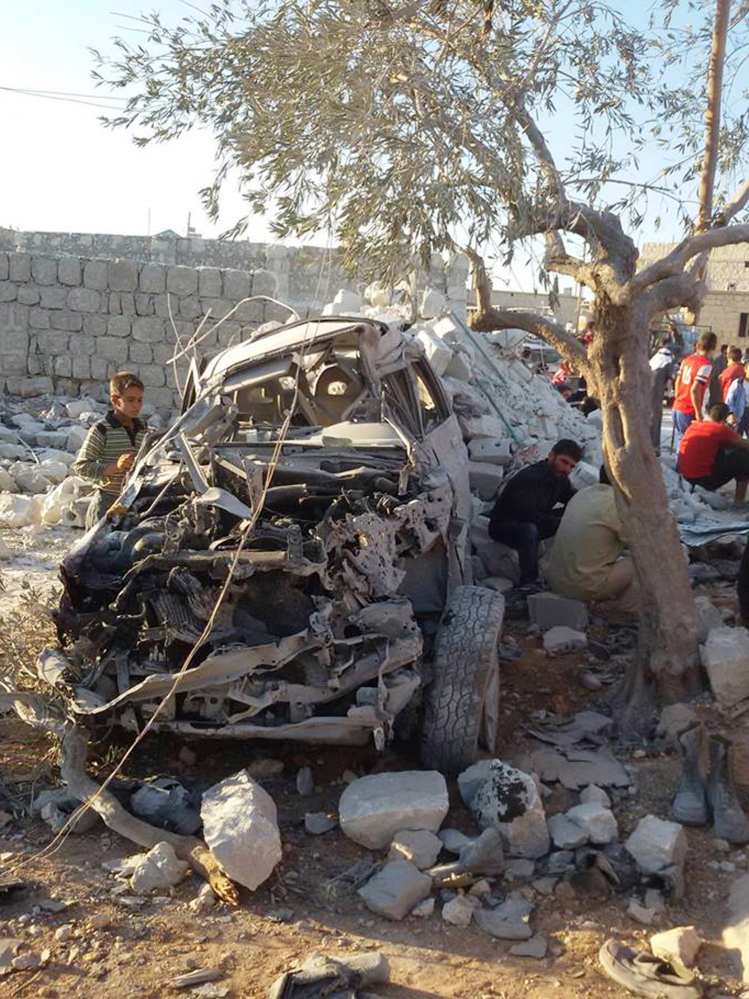

Success. Please wait for the page to reload. If the page does not reload within 5 seconds, please refresh the page.
Enter your email and password to access comments.
Hi, to comment on stories you must . This profile is in addition to your subscription and website login.
Already have a commenting profile? .
Invalid username/password.
Please check your email to confirm and complete your registration.
Only subscribers are eligible to post comments. Please subscribe or login first for digital access. Here’s why.
Use the form below to reset your password. When you've submitted your account email, we will send an email with a reset code.